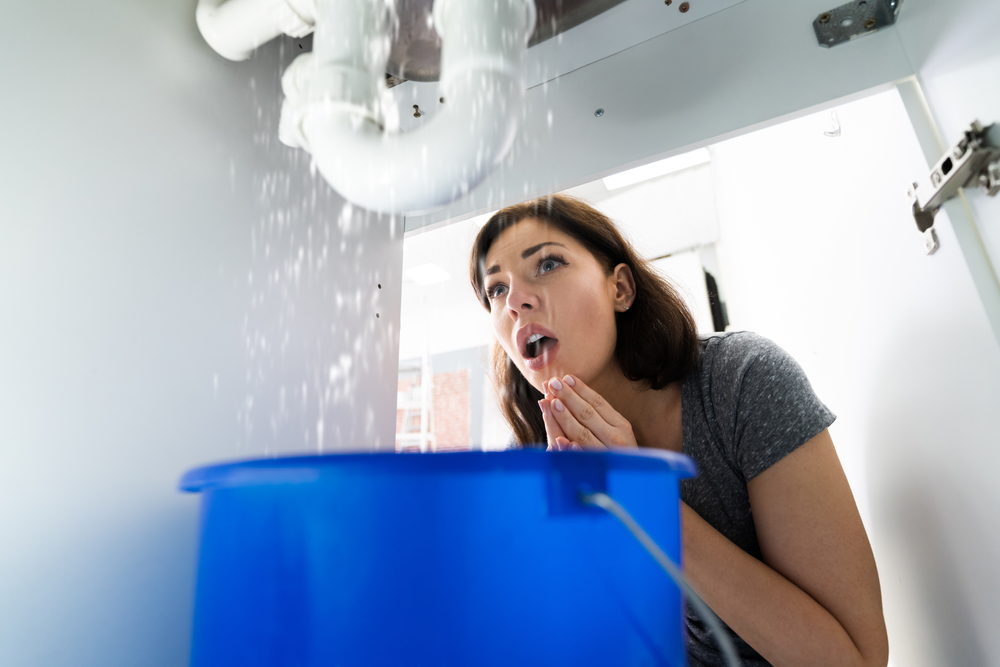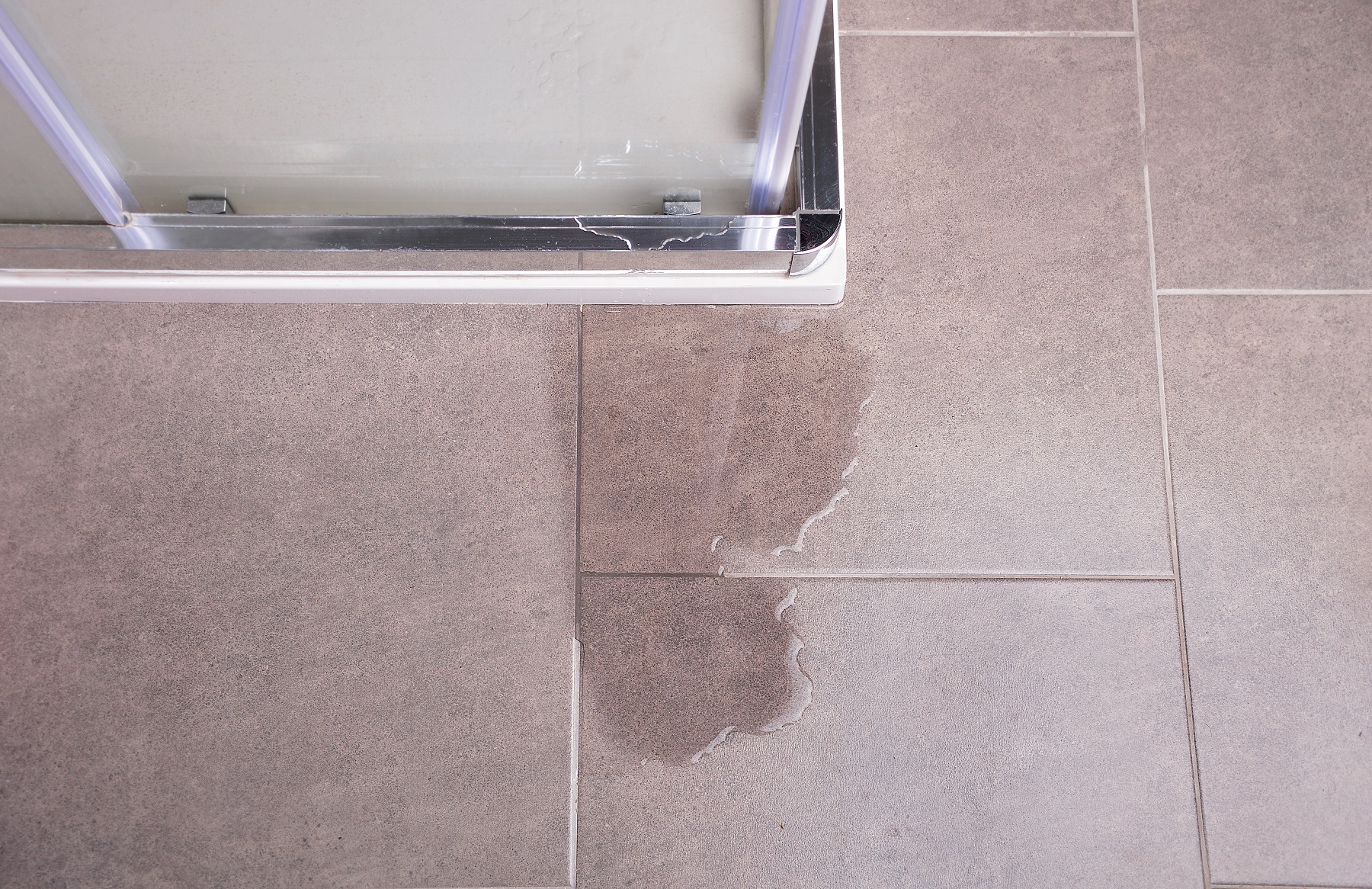Bath Water Leaks: Understanding Detection and Fixing Methods
Bath Water Leaks: Understanding Detection and Fixing Methods
Blog Article
In this article down the page you will find some very good additional info in regards to How to Detect and Fix a Bathroom Leak.

Washroom leakages are irritating as they disrupt your day's plan. It is an alleviation that a lot of restroom leaks are very easy to deal with as well as detect, with marginal expense effects.
Having a water leakage in restroom can be demanding to the homeowner. The short article offers as a "very first help" when you require an emergency situation feedback to a water leak in restroom.
Detection as well as Fixing of Water Leak in Shower Room
Water leakage in bathroom generally arises from plumbing and pipeline mistakes. There are several kinds of restroom leakages. You may require a fundamental understanding of these leak types to find the water leakage in washroom. Right here are the common bathroom leakages and also take care of suggestions:
Splash Leaks
These commonly result from water splashing on the shower room flooring from the tub. It issues of using a bad shower drape or worn tub cellular lining. It damages the restroom floor and also might trigger rot to wood floors and washroom doors. The water typically swimming pools around the tub or shower. This might lead to even worse restroom damages without prompt handling.
What to Do
If the leak has actually damaged the bathroom floor or door, you may need to change these to prevent additional damage. The great information is that you can include a pipes expert to aid with the restroom fixing.
Toilet Leaks
In some cases, water leaks from the bathroom as well as swimming pools around the commode base. It is an eye sore in the bathroom and needs prompt attention.
What to Do
If there are loose screws between the tank and commode, you only need to tighten them. In some cases you may need to reapply wax on the gasket or contact a washroom leakage specialist to replace used or damaged components.
Clogged Shower Room Sinks
In some cases, the water leakage in bathroom results from sink blockages. This is often a problem to house owners and also might be undesirable. Clogs may result from the buildup of soap scum, hair particles, or debris that clog the drain. It is easy to deal with clogs, and you might not require specialist abilities.
What to Do
You can make use of a drainpipe snake to remove the debris in the drain and also allow the stationary water circulation. Drain pipes cleansers are additionally offered in stores and are easy to use. A bettor is additionally practical in removing your drainpipe. It is an usual home tool and also can be found in useful in getting rid of irritating obstructions in sinks as well as drains.
Final thought
Water leakages in the restroom are preventable occasions in the house. When they do, repair them without delay, or involve the solutions of a professional.
The post offers as a "first aid" when you require an emergency situation action to a water leak in washroom.
Water leak in bathroom commonly results from pipes as well as pipe mistakes. You might need a standard knowledge of these leak types to identify the water leak in restroom. It harms the washroom flooring and may cause rot to wooden floors as well as shower room doors. Occasionally, the water leakage in bathroom results from sink clogs.
How to Detect and Fix a Bathroom Leak
1. Inspect bathroom for water leaks. Check areas around the tub, tub drain, tub overflow, shower door and toilet. 2. Snap chalk lines on ceiling below and use a reciprocating saw to cut out the damaged drywall. 3. Inspect the backside of the damaged drywall for water damage. 4. Measure the distance from the water damage to the nearest plumbing fixture to determine the source of the leak. 5. Perform a water-leak test with handheld shower by spraying water around the shower door. 6. Check for water leaking out of shower or tub and into the ceiling below. 7. Attach a snap-on door sweep to the vertical edge of the shower door to create a watertight seal. 8. Use utility knife or grout saw to scratch out the old grout and caulk from joint between floor and tub. 9. Apply a bead of clear silicone caulk to joint between floor and tub. 10. Patch ceiling with a new piece of drywall; attach the drywall with 1¼-inch drywall screws. 11. Finish the drywall patch with joint compound and joint tape. 12. Once the drywall is finished, apply one coat of primer and two paint topcoats. https://www.thisoldhouse.com/bathrooms/21016799/how-to-detect-and-fix-a-bathroom-leak

Do you like reading about How to Detect and Fix a Bathroom Leak? Try leaving feedback directly below. We would be pleased to listen to your thinking about this write up. Hoping that you visit us again soon. Sharing is good. Helping people is fun. Bless you for your time. Kindly visit our site back soon.
Immediate assistance? Ring! Report this page